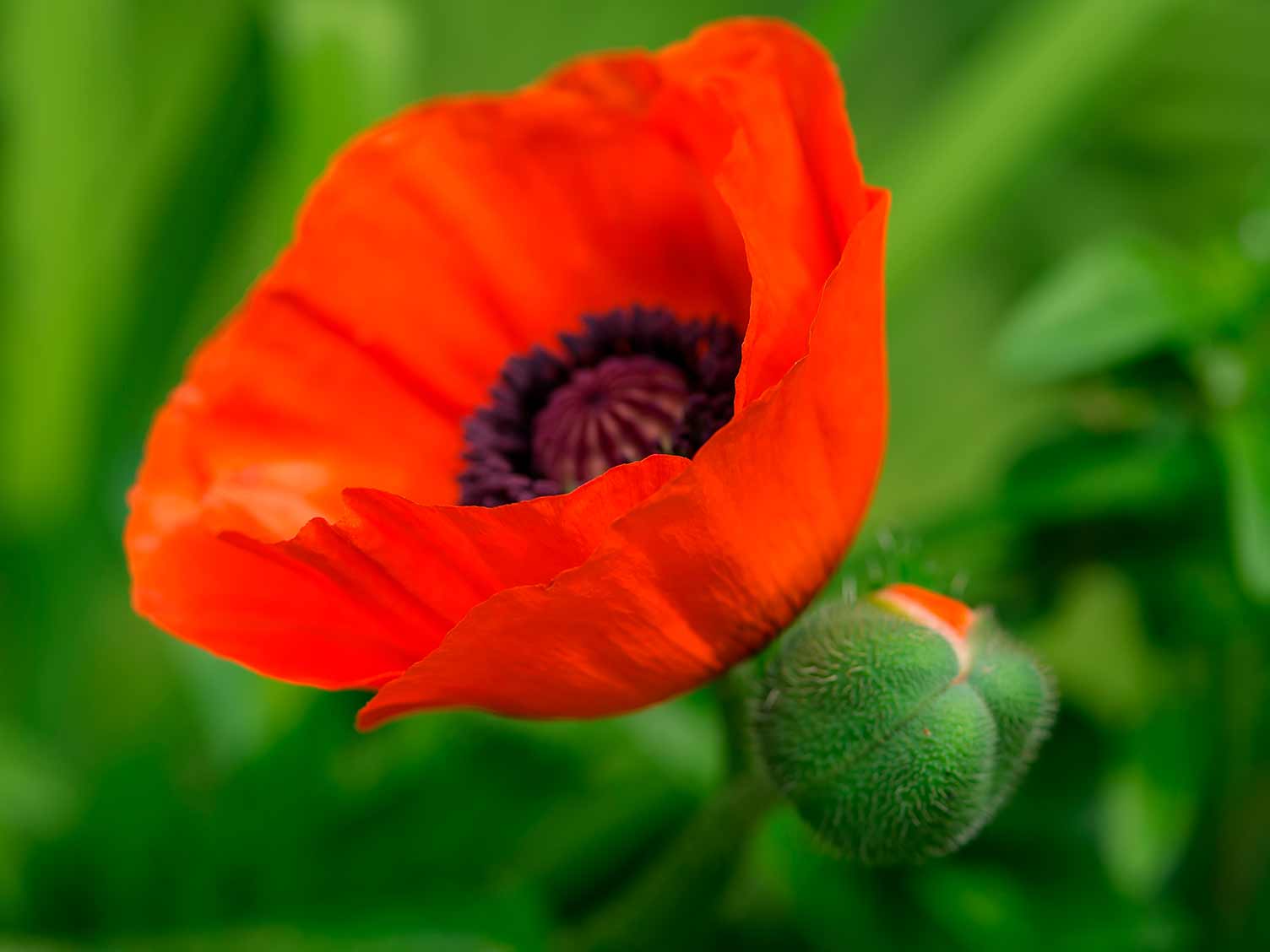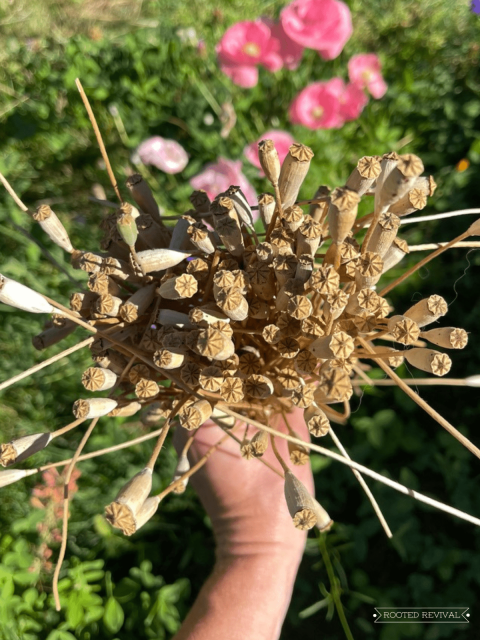In the realm of gardening, where vibrant hues and delicate fragrances entwine, the humble poppy seed holds a captivating allure. Its ability to transform into a mesmerizing tapestry of graceful blooms has captivated gardeners and flower enthusiasts alike for centuries. Starting poppy seeds indoors offers a rewarding head start for achieving a breathtaking floral display in your home or garden. Embark on this comprehensive guide and discover the secrets to nurturing these delicate beauties into thriving masterpieces.

Image: scjmkjensen.blogspot.com
Spring-Sowing Indoors: A Path to Bountiful Blooms
The journey of poppy seed germination begins indoors during the warmth of springtime. This controlled environment provides optimal conditions for the seeds to sprout and establish strong root systems before facing the challenges of the outdoors. By following meticulous steps and providing tender care, you can witness the metamorphosis of these minuscule seeds into flourishing plants adorned with captivating blossoms.
1. Selecting the Right Seeds: A Foundation for Success
The foundation of a thriving poppy garden lies in the selection of high-quality seeds. Opt for reputable seed suppliers and choose varieties that suit your climate and desired bloom colors. Oriental poppies, known for their vibrant shades of scarlet, pink, and white, thrive in well-drained soil and full sun exposure. California poppies, with their cheerful golden blooms, prefer partial shade and moist soil.
2. Sowing Seeds: Nurturing New Life
Fill seedling trays or pots with a well-draining seed starting mix and gently press the tiny seeds onto the surface. Cover them with a thin layer of vermiculite or sand, providing darkness and moisture for optimal germination. Keep the soil consistently moist but avoid overwatering, as waterlogged conditions can hinder germination.

Image: rootedrevival.com
3. Warmth and Light: Essential Elements for Growth
Place the trays or pots in a warm, brightly lit location. A temperature range between 60-70°F (16-21°C) is ideal for germination. Avoid direct sunlight, as this can scorch the delicate seedlings. Consider using a grow light to supplement natural sunlight and ensure steady growth.
4. Watering: The Vital Elixir
Check the soil moisture regularly and water sparingly when the top inch of soil feels dry to the touch. Use a spray bottle or a gentle stream of water to avoid disturbing the fragile seedlings. Excess watering can lead to root rot, while insufficient watering stunts growth.
5. Thinning Seedlings: Fostering Strong Growth
As the seedlings emerge, observe their growth patterns and thin them to ensure adequate spacing. Remove weaker seedlings, allowing the strongest ones to flourish. The ideal spacing between seedlings depends on the specific variety and can range from 4-6 inches (10-15 cm) apart.
6. Transplanting Outdoors: A Journey to Sunlight
When the seedlings develop their first set of true leaves, they have matured enough for transplanting into the garden. Choose a sunny or partially shaded location with well-drained soil. Dig individual holes deep and wide enough to accommodate the root system of each seedling. Gently transfer the seedlings, firm the soil around them, and water deeply.
Additional Tips for Poppy Seed Success
1. Companion Planting: Nature’s Beneficial Alliance
Poppy plants form harmonious companion relationships with other garden favorites such as carrots, tomatoes, and onions. Planting these species together can enhance growth, deter pests, and improve overall garden health.
2. Deadheading: Promoting Continued Bloom
Deadheading spent poppy blooms encourages new bud formation and prolongs flowering. Regularly remove faded flowers by snipping the stems just below the seed pod. This practice prevents energy wastage on seed production and redirects it towards further bloom development.
How To Start Poppy Seeds Indoors
https://youtube.com/watch?v=nf44hJsJV7s
3. Winter Protection: Ensuring Hardiness
In colder climates, provide winter protection for oriental poppies by mulching around the plants with a thick layer of compost or straw. This helps insulate the crowns and protect them from frost damage, enabling their return in the following spring.
Conclusion: Bask in the Enchantment of Indoor-Started Poppies
Embarking on the delightful adventure of starting poppy seeds indoors opens a door to an enchanting gardening experience. By nurturing these tiny seeds with care and dedication, you will witness their transformation into captivating blooms that grace your home or garden with a kaleidoscope of colors. The satisfaction of cultivating these delicate beauties from seed to blossom is a testament to the joy and wonder that gardening brings. So, gather your tools, embrace the secrets shared within this guide, and let the vibrant tapestry of poppies enrich your horticultural endeavors.